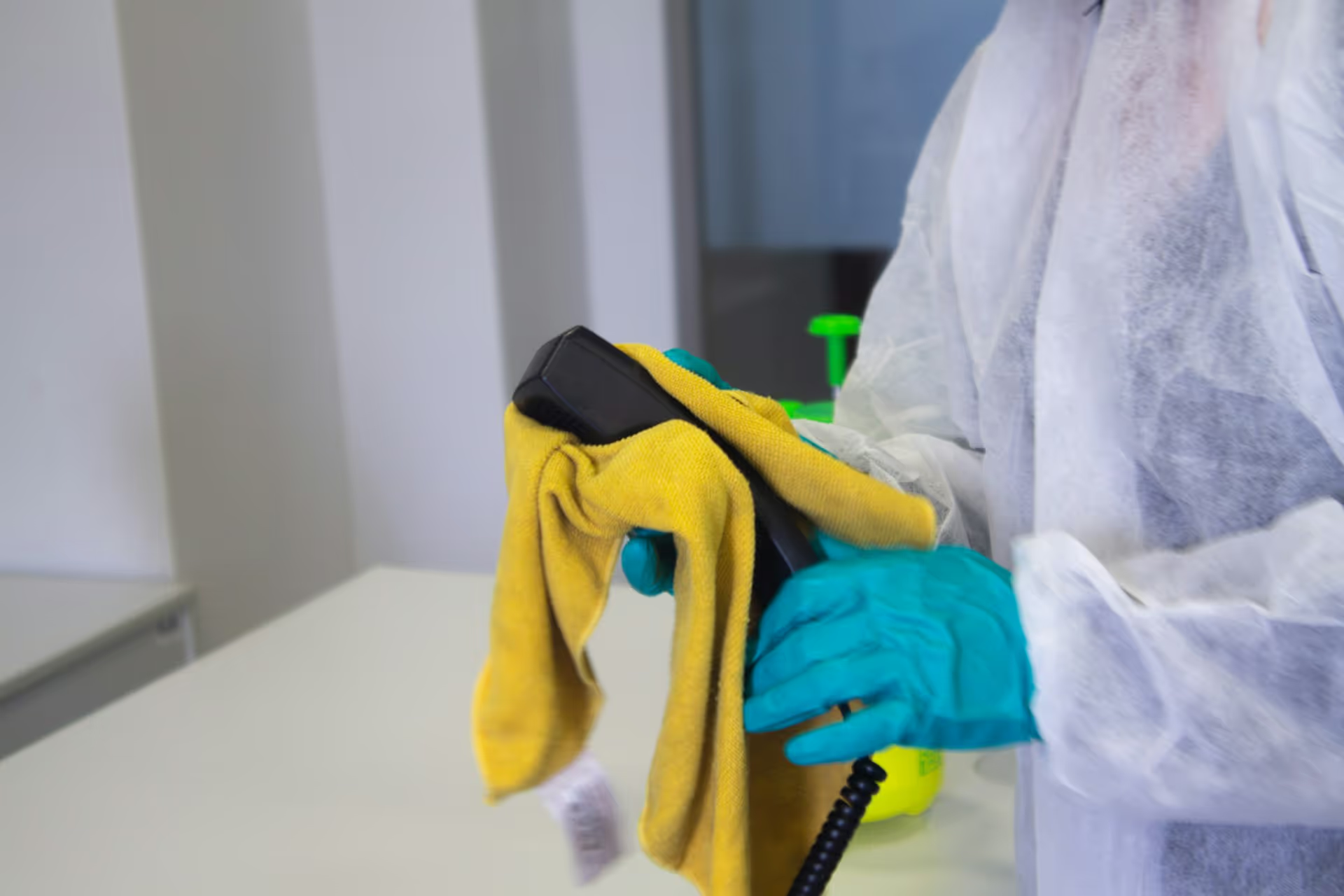February 24, 2025

Clean educational spaces do more than just shine – they create environments where students thrive and learning flourishes. For facility managers and administrators in educational institutions, choosing the right janitorial service plays a crucial role in supporting academic success and maintaining healthy learning spaces.
Educational institutions present unique cleaning challenges that require specialized knowledge and experience. From managing diverse spaces to coordinating with academic schedules, professional cleaning services must understand the specific needs of educational environments. The impact of proper cleaning extends beyond appearance, directly affecting student performance and overall well-being.

Research shows that clean, well-maintained educational facilities significantly influence student achievement. When classrooms, libraries, and study areas are properly maintained, students can focus better on their studies. Clean environments reduce distractions and create professional atmospheres that encourage learning and academic excellence.
Educational facilities contain various spaces that require different cleaning approaches. High-traffic areas such as entrances and corridors need frequent attention throughout the day. Cafeterias require specialized sanitization to ensure food safety standards. Libraries must be cleaned carefully to protect valuable resources, while athletic facilities need particular attention to prevent bacterial growth and maintain proper ventilation.
Professional cleaning services must align with educational schedules to minimize disruption to learning activities. This includes:
Maintaining clean educational facilities directly impacts student and staff health. Regular sanitization of high-touch surfaces helps reduce illness transmission, potentially decreasing absences and improving overall attendance. This becomes especially important during flu season and other health concerns.
Restrooms, cafeterias, and high-touch surfaces need constant attention throughout the day. Common areas, classrooms, and specialized facilities like laboratories require regular scheduled cleaning to maintain optimal conditions.
Professional services coordinate with facility managers to schedule major cleaning during off-hours while maintaining light cleaning throughout the day. This approach ensures minimal disruption to educational activities.
Clean, well-maintained learning environments contribute to better concentration, reduced absenteeism, and improved academic outcomes. Students perform better when their surroundings are clean and organized.
Daily cleaning is essential for most areas, with deep cleaning scheduled during breaks. The frequency may increase during peak periods or special events to maintain proper standards.
Different areas require specialized cleaning approaches. For example, laboratories need careful handling of sensitive equipment, while gymnasiums require specific floor care and sanitization protocols.
.svg)